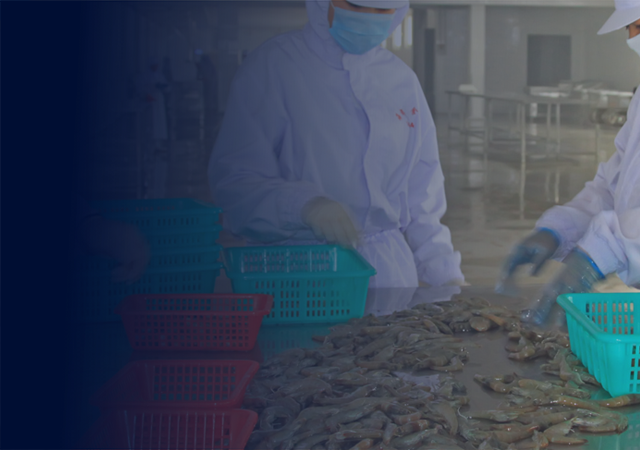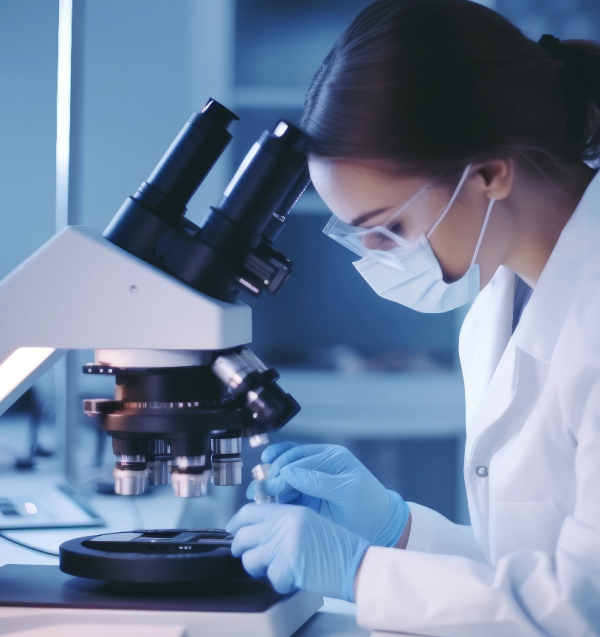The GIM Advantage
GIM's team of inspectors, auditors and lab experts are specialized by industry to ensure your products meet all safety and performance standards for your destination market.


Illnesses and food poisoning caused by seafood can be a severe issue if left unchecked or unmanaged. As one of the most high-risk categories of food, it’s vitally important to have safety processes in place to prevent severe illness.
Quality and freshness are essential characteristics to consider when it comes to testing seafood as well as the sourcing and compliance of seafood from various retailers and brands.
At Global Inspection Managing, we offer exemplary services for the seafood sector, with highly trained and certified food inspection specialists as part of our team. This ensures that a high standard of safety and exceptional professionalism you’d expect from our brand. By certifying our inspectors in-house, we can ensure highly accurate results in all aspects of seafood testing, including:
Our expertise ensures we can work in a wide range of different settings and with all areas of seafood, including fish fillets, portions, whole fish, shellfish, crustaceans, and mollusc. We work to the highest industry standards to provide thorough analysis and testing that’s quick, effective, and well-managed from start to finish.

Global Inspection Managing has a history of providing exceptional services to the broader food industry, and seafood is no exception. Our inspectors are fully trained to complete their work to the highest standards, from the identification and grading of fish and seafood through to the assessment of in-house practices and procedures.
We use specifically-designed checklists to cover every aspect of inspection with the same exacting quality every time, in line with local, international, and in-house regulations and specifications.
All laboratory testing we complete as part of a full seafood inspection is according to all required national and international safety testing standards, including:
For all sampling we undertake in the environments we are testing, the guidelines defined with the World Health Organisation Food Code are followed to the letter. This ensures all seafood QC services are fully representative of shipments and imports, rather than just based on provided samples from suppliers and broader businesses.


We offer the full spectrum of seafood safety solutions, to ensure we’re your single source for all requirements your business, or the businesses you’re working with, may require. The solutions we offer for food safety include:
Alongside our professional seafood inspections, carried out by highly qualified internal inspectors, we also offer expert seafood audits, to provide you with a clear and accurate picture of the compliance and ethical standards within the supply chain for seafood in your business. These services include:


As experts in our field with years of experience working with foods of all types, we’re the outsourced inspection service you want for your business.
We provide comprehensive seafood QC services worldwide, ensuring the utmost professionalism in the solutions we offer.
Contact us today to find out how we can help your business meet compliance requirements, and perform accurate food safety testing with meaningful results.
At Holam, we appreciate the work of GIM, thanks to the quality of their service and the flexibility of their reports, which fully meet our needs. The quality of their work is combined with their reports, which are always explicit and address all the specifics of our products. With GIM, the inspections are as if we were doing them ourselves.
GIM provides us with inspection reports for our clients from the jewelry industry, my products are mainly made of wood (displays, and boxes). I like to work with GIM for their efficiency, attention to details, and reliability in their inspection results.
After multiple problems in our book productions, we asked GIM to inspect each of our book productions in China. Their service and follow-up is excellent and we are now also working with them in Vietnam.
We are a company specializing in the distribution of gift products in France. GIM was able to meet the scope of our needs, both in terms of "sourced products" and in negotiations with Chinese suppliers to enable us to obtain reasonable quantities allowing us to expand our range of products. GIM was able to guide us in its research by monitoring the entire production line all the way to quality control. Their ability to listen, their service and their professionalism are qualities that we found in GIM.
Answers to some of the most common questions & concerns.

